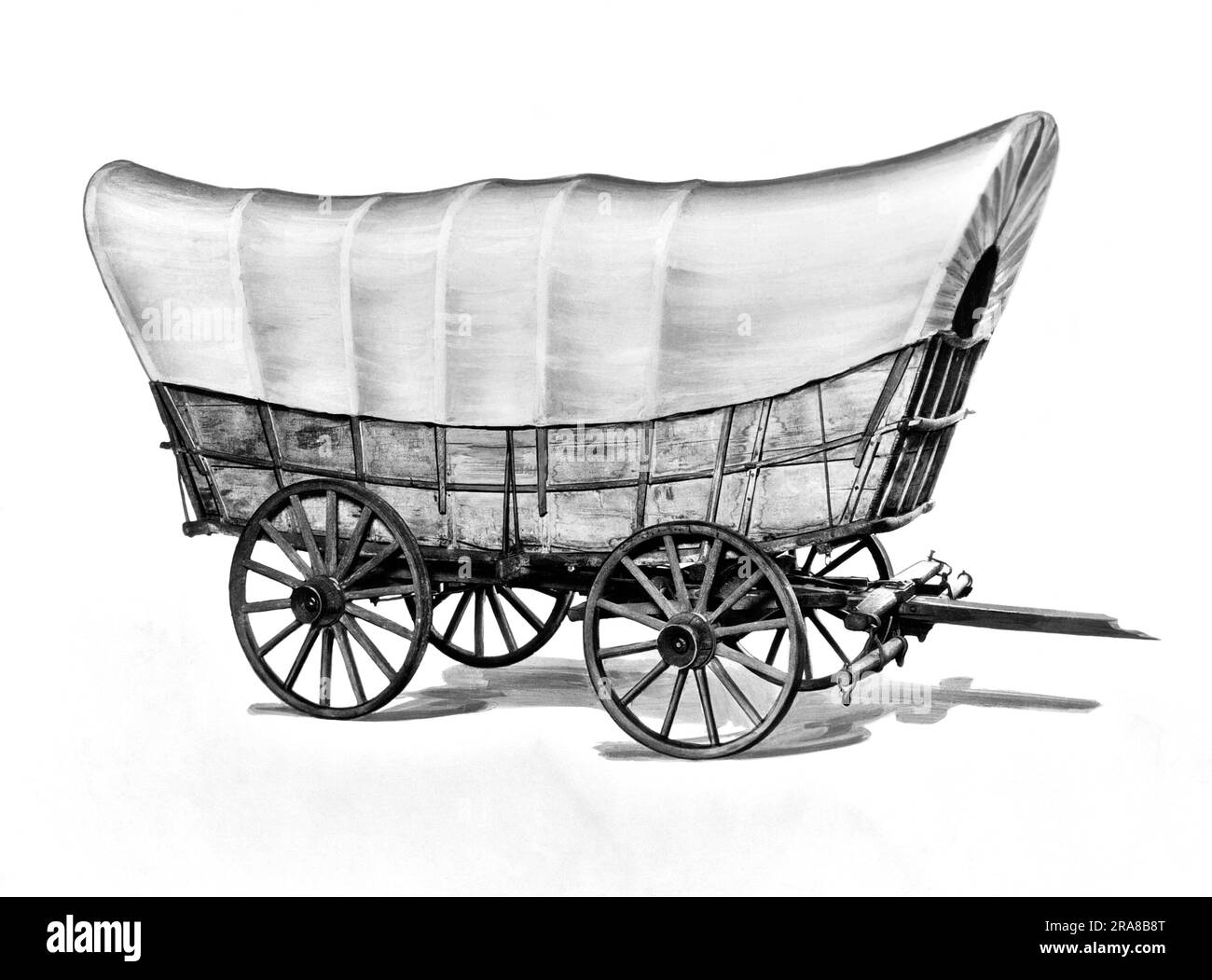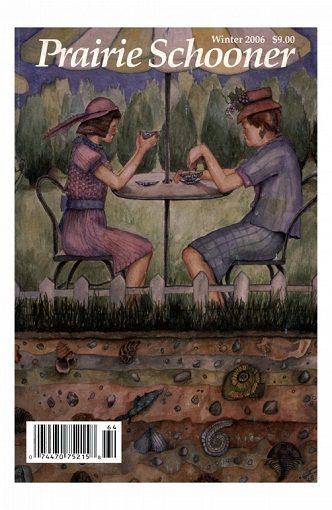
The Enduring Cargo: How America’s Legends Prairieschooner Through Time
The dust rises, not just from the hooves of phantom cattle or the creak of an invisible wheel, but from the very bedrock of American identity. It’s the dust of countless journeys, of hopes sown and hardships reaped, carried forward by a collective spirit that, in its essence, is a prairieschooner – a sturdy vessel laden not just with worldly goods, but with the intangible, invaluable cargo of myth and legend. We, the inheritors and continuers of this journey, are constantly loading and unloading these tales, shaping them, and being shaped by them. They are the compass points, the cautionary tales, and the aspirational anthems that define the vast, ever-shifting landscape of the American soul.
From the rugged individualists who carved civilization out of wilderness to the towering figures who wrestled with nature’s might, America’s legends are a tapestry woven from the threads of truth and exaggeration, frontier grit and boundless imagination. They speak to our pioneering spirit, our capacity for reinvention, and our enduring fascination with the unknown. They are the stories we tell ourselves about who we are, where we’ve been, and where we’re going, echoing through the canyons of time like a lonesome coyote’s howl.
The Crucible of the Frontier: Where Men Became Myths

Before the iron rails crisscrossed the continent, before concrete ribbons paved the way, the American frontier was a raw, untamed beast. It demanded grit, resilience, and a touch of the extraordinary to survive, let alone thrive. It was here, in the vast expanse of the unexplored, that the first great American legends were forged, often from the lives of real men whose deeds quickly outgrew their mortal frames.
Consider Daniel Boone, the archetypal frontiersman. While a historical figure, his legend rapidly transformed him into something more: the ultimate wilderness guide, a man at home in the deepest forests, forever pushing westward. He was the embodiment of the spirit of exploration, a symbol of courage against the unknown. His story, recounted around countless campfires, became a blueprint for self-reliance and the romantic ideal of the pioneer.
Then there’s Davy Crockett, "King of the Wild Frontier." A Tennessee Congressman and a folk hero long before his demise at the Alamo, Crockett’s legend was amplified by popular almanacs that embellished his hunting prowess and folksy wisdom. He was the quintessential frontiersman – a crack shot, a fearless fighter, and a teller of tall tales. His coonskin cap became an emblem of American ingenuity and defiance, reminding us that even in the face of overwhelming odds, a touch of swagger and an unyielding spirit could inspire generations. As a popular song from the 1950s declared, "Born on a mountain top in Tennessee, killed him a b’ar when he was only three." Such exaggerations cemented his place in the pantheon, transforming a brave man into an indestructible icon.
These figures were the human prairieschooners, charting new territories, carrying the seeds of future settlements, and hauling with them the nascent dreams of a nation. Their legends, then, are the tales of our origin, the foundational myths of a people constantly in motion.
Giants of the Land: Taming the Wild with Superhuman Strength
As the nation grew, so too did the scale of its challenges – and its heroes. The vastness of the American landscape and the monumental tasks of taming it demanded figures of truly superhuman proportions. These were the working-class gods, born of logging camps, railroad lines, and endless prairies.
Paul Bunyan, the colossal lumberjack and his blue ox, Babe, epitomize this era. With a swing of his axe, he carved out the Great Lakes, dug the Grand Canyon, and cleared forests with a single swipe. Bunyan’s stories, originating in logging camps of the late 19th and early 20th centuries, served multiple purposes: they provided entertainment, fostered camaraderie among hard-working men, and offered a fantastical explanation for natural phenomena. But more profoundly, Bunyan was a symbol of America’s industrial might and its ability to conquer nature, however grand. He represented the sheer will to transform the wilderness into usable resources, a larger-than-life manifestation of Manifest Destiny’s industrial arm.
Alongside Bunyan strode Johnny Appleseed (John Chapman), a gentler, yet equally impactful legend. Rather than tearing down, Johnny built up, planting apple trees across the Midwest for decades. His legend, born from a real man’s eccentric and benevolent life, speaks to a different kind of pioneering: one of nurturing, foresight, and a harmonious relationship with nature. He represented the hope of settled communities, the promise of bounty, and a quiet, persistent dedication to the future. His journey, marked by bare feet and a cooking pot hat, was a humble prairieschooner carrying the promise of sustenance and civilization.

And then there’s Pecos Bill, the quintessential cowboy of the Wild West, born in a cyclone and raised by coyotes. Bill could ride anything, including a mountain lion named Widow-Maker, and was said to have invented the lasso, branding, and even the rodeo. His legend captures the spirit of the untamed West – audacious, resourceful, and capable of bending the wildest elements to his will. Pecos Bill is the ultimate embodiment of the cowboy myth, a figure who could tame the very landscape with his grit and a good rope. These tales, though exaggerated, speak to the core American belief in overcoming adversity through sheer will and innovative spirit.
The Human Spirit vs. The Machine: A New Kind of Struggle
As the 19th century gave way to the 20th, the challenges shifted from taming nature to mastering industry. The machine age brought new wonders but also new anxieties, giving rise to legends that explored the tension between human brawn and technological might.
John Henry, the steel-driving man, stands as perhaps the most poignant of these. A freed slave who worked on railroad construction in the post-Civil War era, John Henry’s legend pits his superhuman strength against the steam-powered hammer. In a fateful contest, he beats the machine, driving more steel than it ever could, only to die of exhaustion, hammer in hand. The ballad of John Henry is more than just a folk song; it is an elegy for an era, a testament to human will against the inexorable march of progress, and a powerful commentary on the cost of industrialization for the common worker. His story is a powerful reminder of the human element in every grand endeavor, the sacrifice made by those who literally built the nation with their hands. He is the prairieschooner of labor, carrying the weight of a nation’s ambition on his broad shoulders.
Shadows and Superstitions: The Haunting Undercurrents
Not all American legends are tales of heroic triumph. The vastness of the land, its ancient spirits, and the anxieties of a new nation also gave rise to stories of mystery, fear, and the supernatural. Washington Irving, one of America’s first internationally recognized authors, masterfully tapped into this vein, blending European folklore with the distinct atmosphere of the American landscape.
"The Legend of Sleepy Hollow" and its Headless Horseman, and "Rip Van Winkle" with his magical slumber, are quintessential American ghost stories and moral fables. They capture the lingering presence of ancient mysteries in a rapidly changing world, and the unsettling feeling of being out of time. Irving took the nascent American landscape and imbued it with the haunting echoes of European folklore, yet made it distinctly our own, setting the stage for a rich tradition of American gothic and supernatural tales.
Beyond these literary creations, the frontier itself was ripe with local superstitions and unexplained phenomena. Tales of lost gold mines like the Lost Dutchman’s Mine in Arizona’s Superstition Mountains continue to lure adventurers, promising untold riches but often delivering only disappointment and danger. These stories speak to the enduring human desire for fortune, but also to the perils of greed and the unforgiving nature of the land. They are the darker cargo in our prairieschooner, reminders of the risks and the enduring mysteries that refuse to be solved.
The Wild West: Outlaws, Lawmen, and the Blurring Lines
As the prairieschooner pushed further west, it entered a land often beyond the reach of established law. This era, the Wild West, gave birth to legends of both notorious outlaws and fearless lawmen, often blurring the lines between hero and villain.
Figures like Jesse James and Billy the Kid became folk heroes, romanticized as rebels against an oppressive system, even as they committed acts of violence and robbery. Their legends, fueled by dime novels and sensationalized newspaper reports, reflected a society grappling with rapid change, economic disparity, and the struggle to establish order in a chaotic environment. They were the anti-heroes, reflections of a rebellious streak inherent in the American character, celebrated for their defiance even as they were hunted by the law.
Conversely, lawmen like Wyatt Earp and Wild Bill Hickok became legends for bringing order to lawless towns, though their own pasts were often far from pristine. Their stories, often embellished, highlighted the yearning for justice and the bravery required to enforce it when institutions were weak. In the stark, unforgiving canvas of the Old West, heroes and villains were often two sides of the same tarnished coin, their legends reflecting the moral ambiguities of a nation still finding its footing.
Modern Myths and the Enduring Quest
Even in the age of satellites and instant communication, the prairieschooner of American legend continues its journey, carrying new cargo. Our modern myths often reflect our contemporary anxieties and hopes, but the underlying themes of exploration, the unknown, and the desire for something beyond the mundane remain constant.
The legend of Bigfoot (Sasquatch) embodies our continued fascination with the wild, untamed corners of our continent and the possibility of undiscovered species. It’s a modern echo of the unknown monsters that lurked in the frontier forests, a symbol of nature’s enduring mysteries that resist scientific explanation.
The Roswell Incident and the broader phenomenon of UFOs and alien encounters speak to our cosmic curiosity and perhaps a longing for connection beyond our planet. It’s the frontier spirit turned skyward, the search for new frontiers not just on earth, but in the stars. Even as our world shrinks and science demystifies, the human need for wonder, for the unexplained, endures. These legends are a testament to our ongoing quest for understanding, for the extraordinary that lies just beyond the veil of the ordinary.
The Prairieschooner Endures
The American prairieschooner, then, is more than a historical artifact; it is a metaphor for our collective journey through time, a vessel laden with the enduring cargo of our legends. These stories – of daring explorers, superhuman laborers, haunted landscapes, and enigmatic figures – are the cultural DNA of a nation born of movement and reinvention. They are the whispers of the past, the roar of the present, and the dreams of the future.
We, as a people, continue to "prairieschooner" through the vast American landscape, both physical and mythical. We carry these tales with us, reshaping them, adding new ones, and drawing inspiration from their timeless messages. They remind us of our resilience, our capacity for greatness, our flaws, and our unending quest for meaning in a world that is always, in some way, a new frontier. And as long as there are mountains to climb, mysteries to solve, and stories to tell, the prairieschooner of American legend will continue its vital, never-ending journey.


